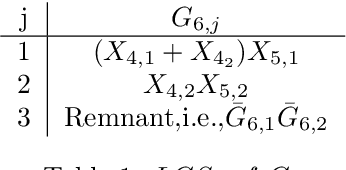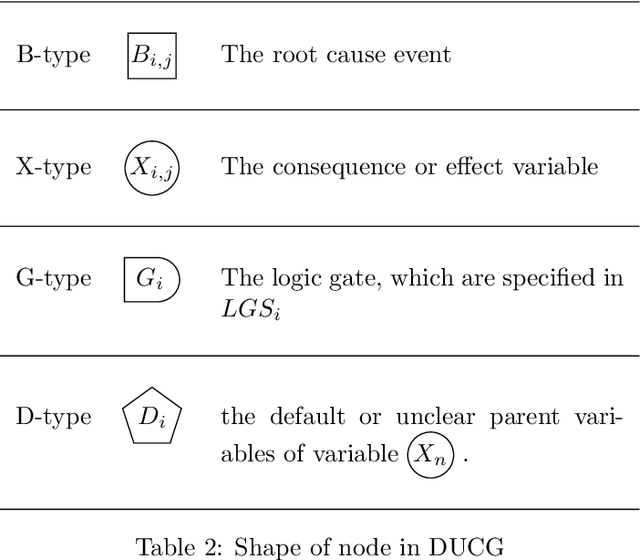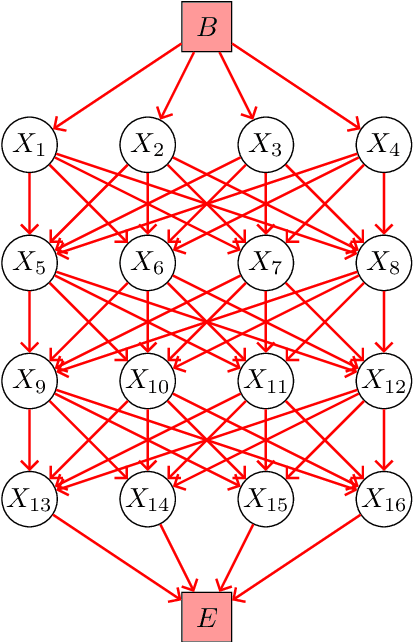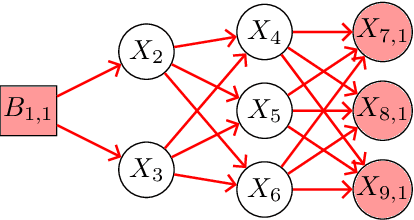Hao Nie
Step-Audio 2 Technical Report
Jul 24, 2025Abstract:This paper presents Step-Audio 2, an end-to-end multi-modal large language model designed for industry-strength audio understanding and speech conversation. By integrating a latent audio encoder and reasoning-centric reinforcement learning (RL), Step-Audio 2 achieves promising performance in automatic speech recognition (ASR) and audio understanding. To facilitate genuine end-to-end speech conversation, Step-Audio 2 incorporates the generation of discrete audio tokens into language modeling, significantly enhancing its responsiveness to paralinguistic information such as speaking styles and emotions. To effectively leverage the rich textual and acoustic knowledge in real-world data, Step-Audio 2 integrates retrieval-augmented generation (RAG) and is able to call external tools such as web search to mitigate hallucination and audio search to switch timbres. Trained on millions of hours of speech and audio data, Step-Audio 2 delivers intelligence and expressiveness across diverse conversational scenarios. Evaluation results demonstrate that Step-Audio 2 achieves state-of-the-art performance on various audio understanding and conversational benchmarks compared to other open-source and commercial solutions. Please visit https://github.com/stepfun-ai/Step-Audio2 for more information.
InfinitePOD: Building Datacenter-Scale High-Bandwidth Domain for LLM with Optical Circuit Switching Transceivers
Feb 07, 2025Abstract:Scaling Large Language Model (LLM) training relies on multi-dimensional parallelism, where High-Bandwidth Domains (HBDs) are critical for communication-intensive parallelism like Tensor Parallelism (TP) and Expert Parallelism (EP). However, existing HBD architectures face fundamental limitations in scalability, cost, and fault resiliency: switch-centric HBDs (e.g., NVL-72) incur prohibitive scaling costs, while GPU-centric HBDs (e.g., TPUv3/Dojo) suffer from severe fault propagation. Switch-GPU hybrid HBDs such as TPUv4 takes a middle-ground approach by leveraging Optical Circuit Switches, but the fault explosion radius remains large at the cube level (e.g., 64 TPUs). We propose InfinitePOD, a novel transceiver-centric HBD architecture that unifies connectivity and dynamic switching at the transceiver level using Optical Circuit Switching (OCS). By embedding OCS within each transceiver, InfinitePOD achieves reconfigurable point-to-multipoint connectivity, allowing the topology to adapt into variable-size rings. This design provides: i) datacenter-wide scalability without cost explosion; ii) fault resilience by isolating failures to a single node, and iii) full bandwidth utilization for fault-free GPUs. Key innovations include a Silicon Photonic (SiPh) based low-cost OCS transceiver (OCSTrx), a reconfigurable k-hop ring topology co-designed with intra-/inter-node communication, and an HBD-DCN orchestration algorithm maximizing GPU utilization while minimizing cross-ToR datacenter network traffic. The evaluation demonstrates that InfinitePOD achieves 31% of the cost of NVL-72, near-zero GPU waste ratio (over one order of magnitude lower than NVL-72 and TPUv4), near-zero cross-ToR traffic when node fault ratios under 7%, and improves Model FLOPs Utilization by 3.37x compared to NVIDIA DGX (8 GPUs per Node).
A New Inference algorithm of Dynamic Uncertain Causality Graph based on Conditional Sampling Method for Complex Cases
Nov 06, 2020



Abstract:Dynamic Uncertain Causality Graph(DUCG) is a recently proposed model for diagnoses of complex systems. It performs well for industry system such as nuclear power plants, chemical system and spacecrafts. However, the variable state combination explosion in some cases is still a problem that may result in inefficiency or even disability in DUCG inference. In the situation of clinical diagnoses, when a lot of intermediate causes are unknown while the downstream results are known in a DUCG graph, the combination explosion may appear during the inference computation. Monte Carlo sampling is a typical algorithm to solve this problem. However, we are facing the case that the occurrence rate of the case is very small, e.g. $10^{-20}$, which means a huge number of samplings are needed. This paper proposes a new scheme based on conditional stochastic simulation which obtains the final result from the expectation of the conditional probability in sampling loops instead of counting the sampling frequency, and thus overcomes the problem. As a result, the proposed algorithm requires much less time than the DUCG recursive inference algorithm presented earlier. Moreover, a simple analysis of convergence rate based on a designed example is given to show the advantage of the proposed method. % In addition, supports for logic gate, logic cycles, and parallelization, which exist in DUCG, are also addressed in this paper. The new algorithm reduces the time consumption a lot and performs 3 times faster than old one with 2.7% error ratio in a practical graph for Viral Hepatitis B.
 Add to Chrome
Add to Chrome Add to Firefox
Add to Firefox Add to Edge
Add to Edge